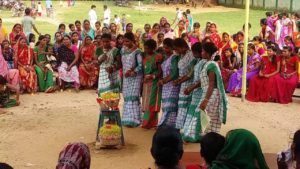India has the largest paddy output in the world and is also the Largest Basmati Rice Exporter and second largest Non-basmati rice exporter in the world. Paddy fields are a common sight throughout India, be they be northern gangetic plains or southern peninsular plateaus. The paddy cultivation plays a major role in socio-cultural life of rural India. Many festivals such as Onam in Kerala, Bihu in Assam, Sankranthi in Andhra Pradesh, Thai Pongal in Tamil Nadu, MakaraSankranthi in Karnataka, Nabanna in West Bengal celebrates harvest of Paddy. Andhra Pradesh is historically known as the “Rice Bowl of India”, while Thanjavur is historically known as the “Granary of South India” and the Rice bowl of Tamil Nadu. Nanchinadu was known as the rice bowl of the former Kingdom of Travancore. In Kerala there is a place (which spreads into three districts) called Kuttanadu, which is famous for paddy cultivation. Kuttanadu is called the rice bowl of Kerala.
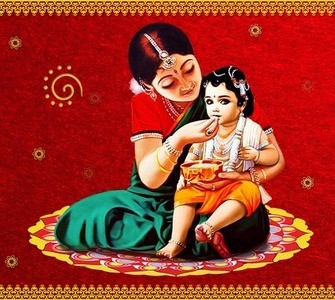
Annaprashan : Annaprashan literally means “feeding rice” in Sanskrit. It is also known as Bhaatkhulai in the Garhwal hills, MukheBhaat in Bengal or Choroonu in Kerala. Annaprashan is primarily a Hindu ceremony (though Parsis also have a similar ritual) that symbolises the beginning of the weaning period in your baby’s life. The baby is gradually introduced to solid foods following this ceremony. It is followed in most parts of the country, and while some rituals may differ slightly, it essentially celebrates the transition to solids.
Rice and Cultural Heritage in Punjab : Basmati Rice is the pride of Punjab and is being grown here since time immemorial. Earliest mention of word Basmati has been made in the epic “Heer and Ranjha” composed by the famous Punjabi poet Varish Shah in 1766
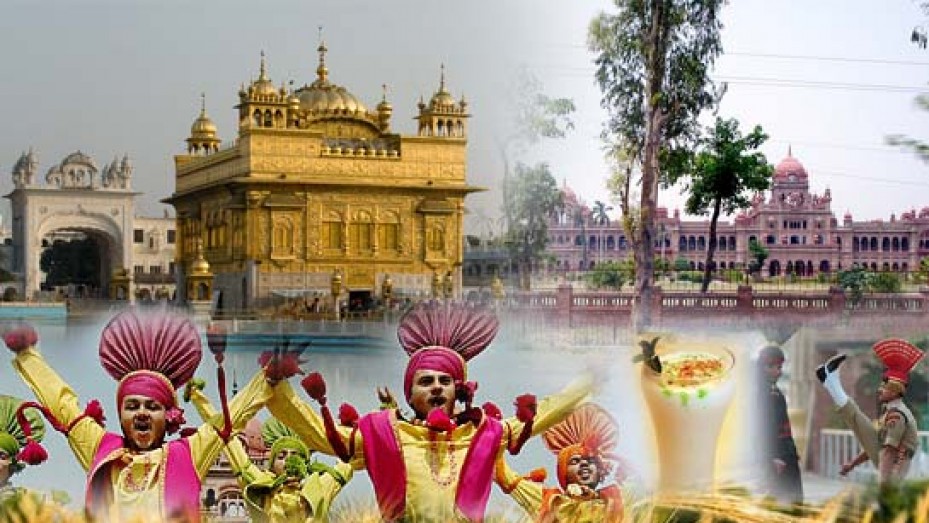
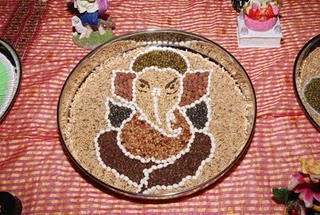
Rice and cultural heritage in Rajasthan : Rice is a central part of many cultures. The relationship between people and rice has inspired stories, songs and paintings. It is used in festivals and religious ceremonies and considered divine by many emperors and kings in ancient times. As a matter of fact rice has shaped the culture and dietary habits of its consumers. Rice is one among Navadhanyalu at the time of construction of houses (Bhoomipooja) and navagrahapooja.
Rice and cultural heritage in Tamilnadu : Pongal is an ancient and undoubtedly the most popular and fervently celebrated festival of Tamils. It is the harvest festival of Tamil Nadu celebrated on the 1st day of Tamil month, Thai, that is 14th January of every year. “Pongal” is actually the name of a rice and lentil dish cooked commonly in Tamil Nadu, and specifically on the festive day of Pongal.
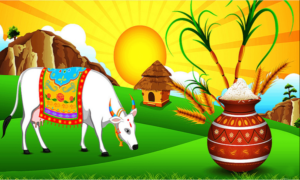
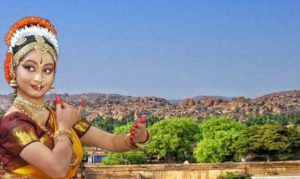
Rice and cultural heritage in Andhra Pradesh : Rice has a great cultural heritage. Many preparations viz., payasam, paravannam, ondrallu, arshalu, laddulu etc., are prepared and offered to the God at the time of worshipping. Rice is used as THALAMBRALU and AKSHANTHALU while mixing in turmeric powder and also used as VADIBIYYAM.
KaramParva festival of Jharkhand : This festival is celebrated in the month of ‘Ashwina’ or ‘Kartika’ and the auspicious day in fixed by the village meeting. A ‘Karam Bough’ is planted on the altar in the middle of village. The village maids offer molasses non-boiled rice, flower and vermillion then story of ‘Karamdharan’, the God of fate is recited and it continues amidst dance, song and beating of drums till morning and then immersion of ‘Karam Bough’ is solemnised with the blessings of God of fate the life becomes enriched with health and this is their sincere belief
